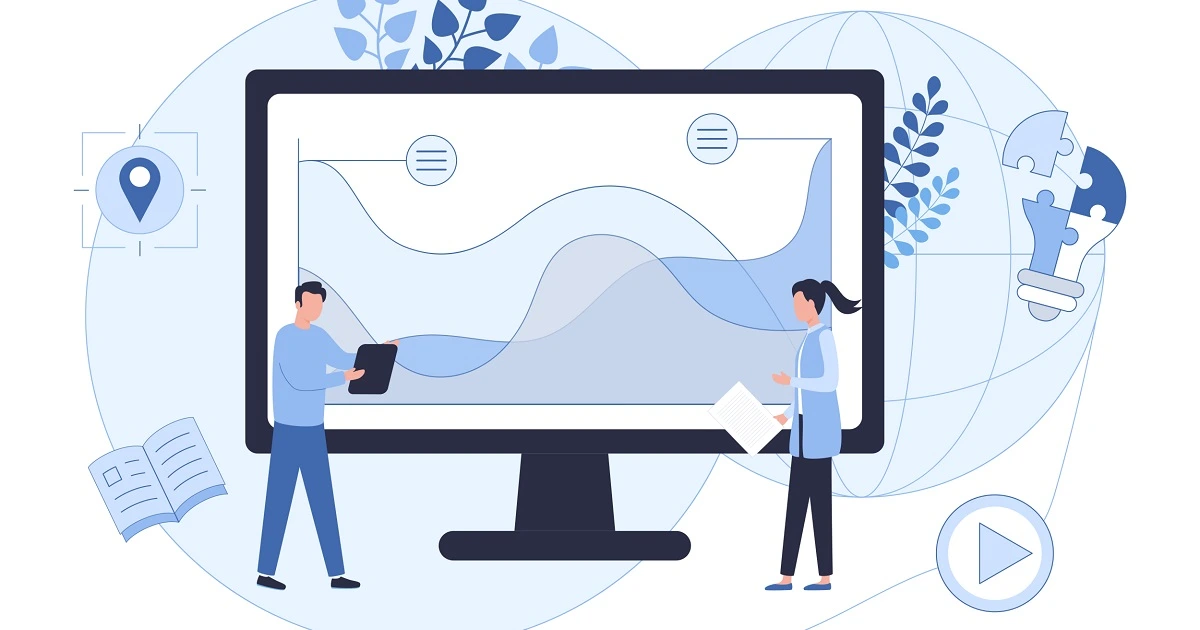
What Are Amazon Attribution Windows, and Why Are They Important?


Table of Contents
Optimizing campaigns in Seller Central or through third-party tools such as Adtomic is important to the health of any PPC account. But “when” you optimize these campaigns is equally important to ensure you are looking at the most relevant data.
Although Seller Central provides same-day metrics, it is crucial to heed Amazon’s warnings that data can change within 72 hours. You can review this in Amazon by clicking on any of the “i” icons in the following columns:

Here is a Summary
- Sales Attribution. When a customer buys your product after clicking on one of your ads, it can take up to 12 hours for Amazon to update its sales data. As a result, same-day data is rarely reliable.
- Canceled Sales. Amazon removes data for canceled sales and payment failures within 72 hours. Therefore, Amazon may adjust sales and ACoS metrics for up to three days after a sale.
- Invalid Clicks. Amazon identifies invalid clicks that are illegitimate, accidental, or machine-generated. These clicks can also take up to 72 hours to be removed, which can change both spend and ACoS metrics.
Within the campaign-level tooltips in Seller Central, Amazon also recommends “waiting until all sales data is populated before evaluating campaign performance.” In practical terms, that means waiting to evaluate data until after 72 hours, since data generated during that time period is too volatile to be dependable.
Adtomic updates its data from Amazon every 24 hours. However, depending on the volume of your campaigns, we recommend waiting at least a week or more to make optimizations and strategic changes.
This recommendation is based on the above 72-hour data inconsistency as well as taking into account Amazon’s tracking pixels (coding that tracks customers’ online actions). Delayed sales can result in later, additional changes in sales revenue and, therefore, your ACoS.
To explain, Amazon continues to attribute sales to your Sponsored Product campaigns for up to 7 days, and to your Sponsored Brand and Sponsored Display campaigns for up to 14 days, based on their pixels.
In effect, a customer may click on your ad early in the month, but delay purchasing the product until 7 to 14 days later. Through that pixel, Amazon knows when the customer originally clicked on your ad and attributes the sale to the day it was originally clicked vs. the day the shopper purchased your product.
Given this, the most effective way to determine the performance of campaigns is to only review data on Sponsored Product campaigns that are at least 8 days old and 15 days on Sponsored Brand and Sponsored Display campaigns. Making optimization decisions based on data that falls within these windows could result in over-optimization of your campaigns which could impact overall sales.
Achieve More Results in Less Time
Accelerate the Growth of Your Business, Brand or Agency
Maximize your results and drive success faster with Helium 10’s full suite of Amazon and Walmart solutions.

